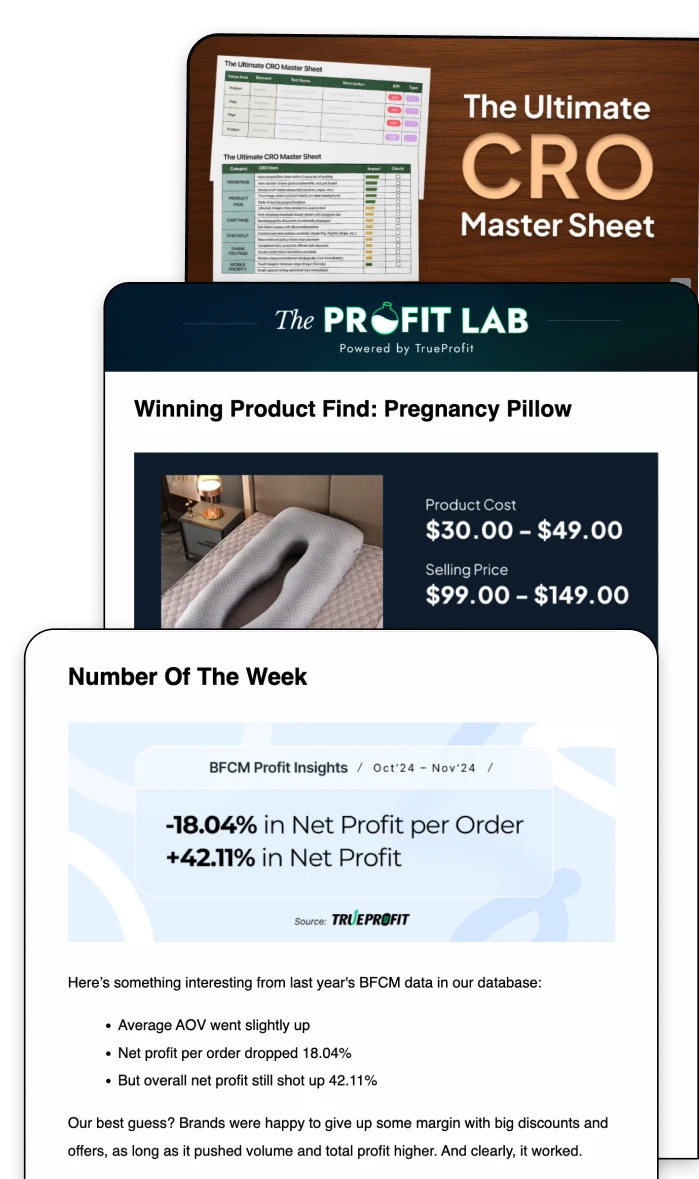10 Genius Black Friday Coupon Codes Ideas That Work in 2025
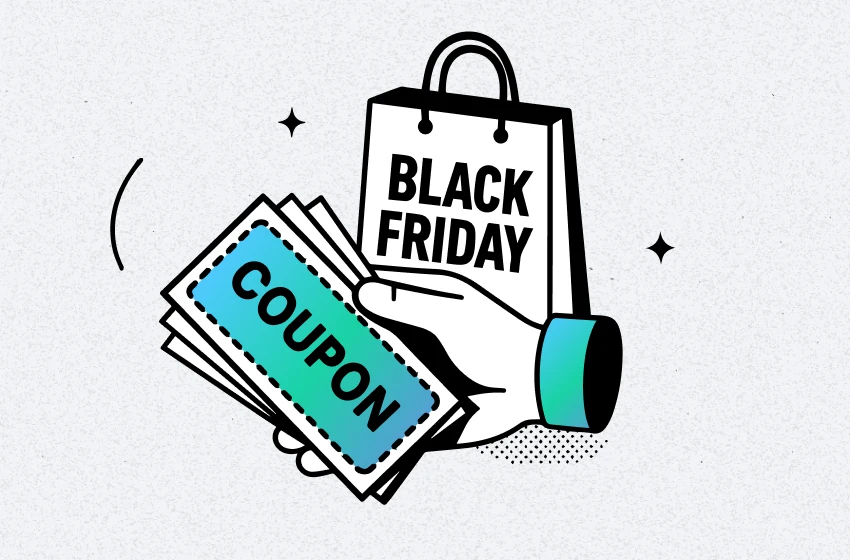
Black Friday is one of the biggest shopping events of the year, and offering the right coupon codes can make or break your sales during this peak season. That said, if used carelessly, coupon codes can totally hurt your margins.
Here, we share 10 proven Black Friday coupon code ideas to maximize conversions without hurting your profit margins.
Let’s dive into it!
Top 10 Black Friday Coupon Codes Ideas in 2025
1. BOGO (Buy One, Get One Free)
A buy one, get one (BOGO) discount gives shoppers a free item when they make a purchase.
This is one of the most classic promotions—and still one of the most effective in eCommerce. Research from the Journal of Business Research found that BOGO offers attract more shoppers than standard discounts, even when the total savings are the same.
The reason?
It’s because of the “zero price effect”—customers naturally feel more excited about getting something free, even if the total savings aren’t that huge.

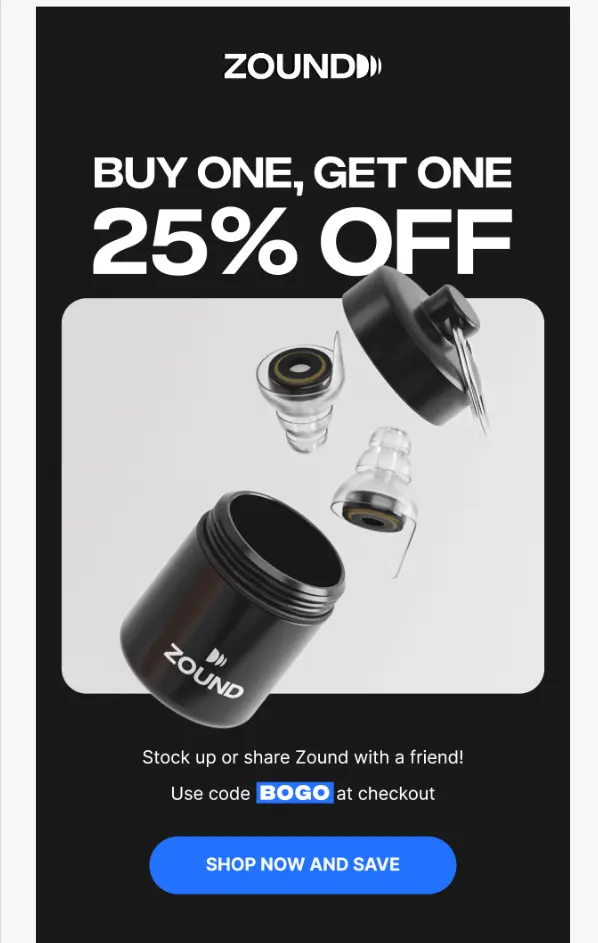
Of course, not every product should go into a BOGO deal. A BOGO promo works best only when products are slow-sellers, seasonal stock, or items with higher margins. By carefully selecting these items, merchants can boost sales while maintaining healthy profit margins during peak season.
2. Tiered Discount Codes
Tiered discounts are a strategy where shoppers receive progressively larger discounts as they buy more products or reach higher spending thresholds. It encourages customers to add extra items in exchange for better deals, leading to higher cart values.
In Black Friday, there are two formats merchants commonly use:
With a cart value-based tiered discount, spending $50 gives customers 10% off, $100 gives 15%, and $150 gives 20%. This way, shoppers are more likely to add one or two extra items to reach the next discount tier.
With a volume-based discount, buying 5 units of a product gives 10% off, and 10 units unlock 20% off. This encourages bulk purchases of popular items and increases total revenue without lowering margins excessively.

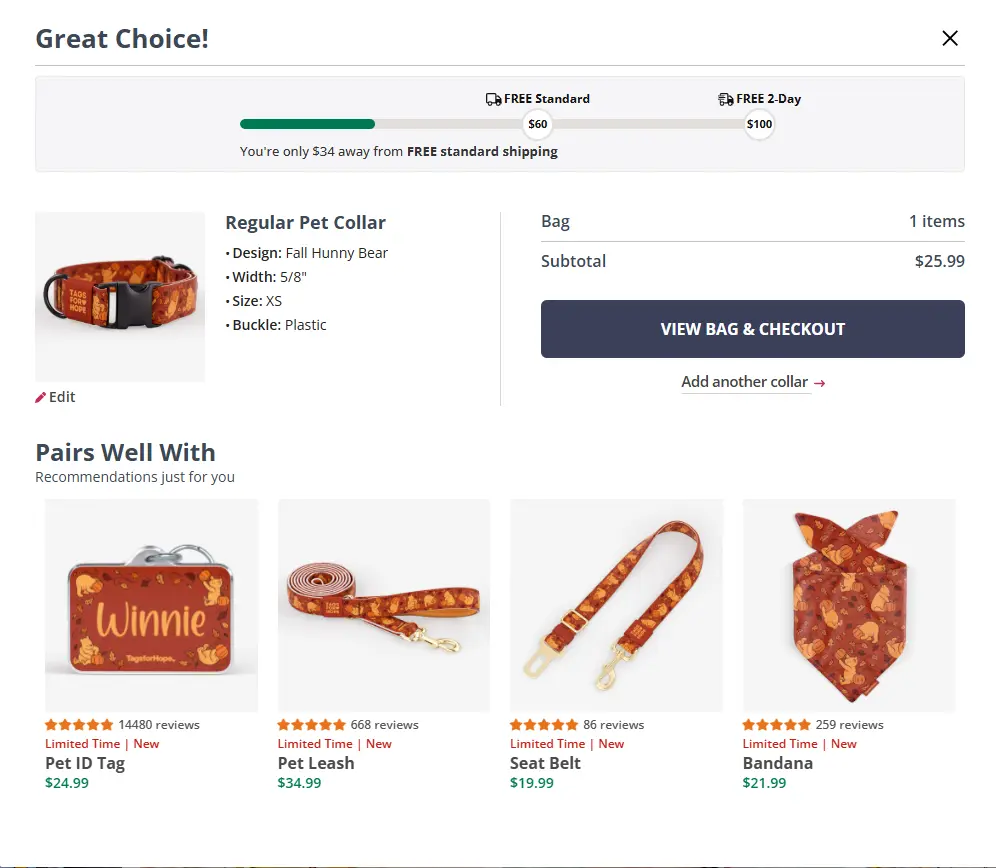
If there’s one rule every merchant should remember to set up tiered discount codes effectively, it’s this:
Never push shoppers to somewhere unreachable.
A good rule of thumb is to make each next tier about 20–30% higher than the average order value (AOV). It feels within reach so shoppers can easily grab one more item.
3. Limited-Time Free Shipping Code
A limited-time free shipping code lets shoppers skip delivery fees for a short period—usually a few hours or days. It works especially well during Black Friday because added shipping costs are a top reason for cart abandonment. So, offering the free shipping code itself is the attractive promotion, when paired with a clear expiration date, it pushes hesitant buyers even harder to act fast before the deal expires.

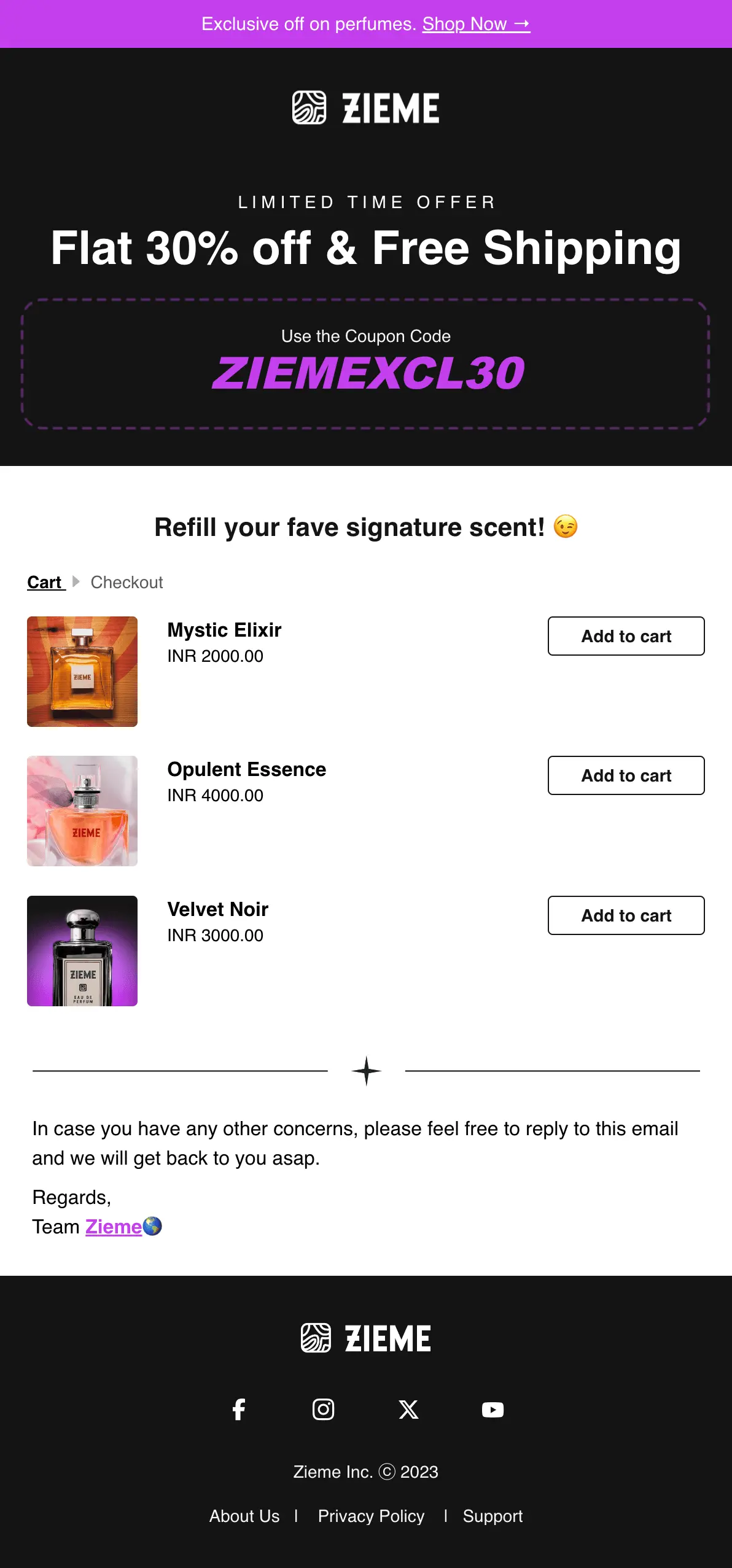
Here’s the thing: Always offer free shipping only after planning how to cover its cost. If not, those “free” shipping will quietly eat into the profit margin per each order — leading to more sales, but far less net profit.
One of the most common approaches is slightly increasing product prices to absorb part (or all) of the shipping cost. Or you can encourage larger orders by offering free shipping only after customers hit a spending target — for example, “Free shipping on orders over $75.”
4. Limited-Time Flash Sale
Many eCommerce merchants use flash sales to clear out old stock, reach new audiences, or generate excitement for a product launch. These short-term promotions often offer 50%–70% discounts for a set period, helping stores sell large volumes in record time.


Most successful flash sales last no longer than 24 hours, with the highest traffic often coming in two to six hours. In some best cases, merchants can expect thousands of shoppers to checkout within just a few minutes.
However, there’s a trade-off. Deep discounts can eat into profit margins and attract deal-seekers who may never return. If not planned carefully, merchants might face issues with stock, fulfillment, or shipping after Black Friday was gone.
To make sure your sale ends in profit, prepare ahead — double-check your stock, test your checkout flow, and calculate your profit margin before the big day hits.
5. Gift Bundle Coupon Code
Gift bundle coupons allow customers to buy a set of products together at a discounted price. During Black Friday, these bundles often come as sitewide savings, free shipping, or bonus gifts - most appeal to both value-seekers (who love getting more for less) and gift-givers (who prefer ready-to-gift packages).

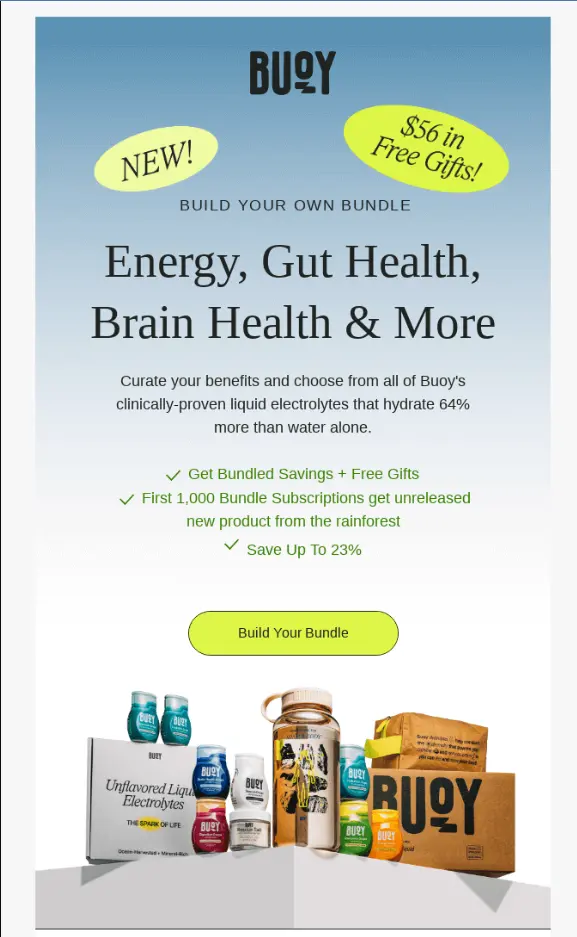
When done right, stores can lift their average order value and make more profit per sale. But when done wrong? The bundle ends up feeling random and forced.
Not every mix makes the winning bundle. A well-matched bundle is when:
It groups with the items that naturally go together—like skincare sets, drinkware pairs, or tech accessories.
And together, every bundle still generates a healthy margin after all costs are factored in—product cost, packaging, fulfillment, and shipping.
For example, pairing a high-margin item with a slower-moving one can make the bundle feel generous while keeping profits healthy.
6. Sitewide Coupon Code
A sitewide discount applies a single coupon or pricing rule to almost every product in the store—whether it’s a percentage off (like 20% off everything) or a fixed dollar amount (like Save $10 on all orders).

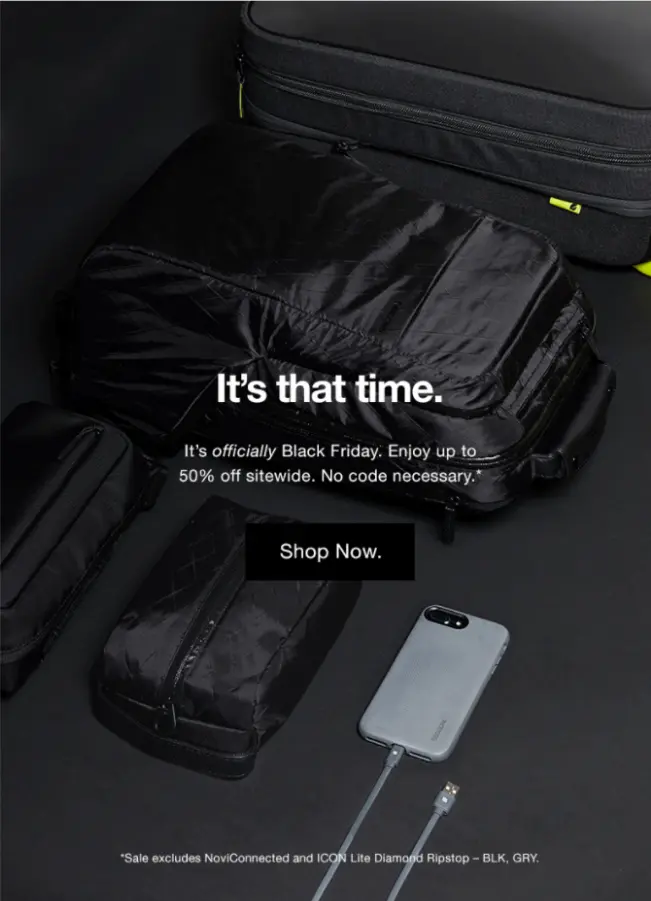
Sitewide sales are especially popular during peak shopping seasons like Black Friday. When shoppers face thousands of competing offers, they naturally gravitate toward deals that don’t make them second-guess—something simple, clear, and quick to redeem.
With sitewide coupon codes, customers know the same discount applies to everything in their cart. This clarity helps them check out faster, especially on mobile where attention spans are shorter and impulse buying happens most often.
7. Countdown-Triggered Discount
A countdown-triggered discount displays the time remaining—days, hours, and minutes—until the offer expires. This ticking timer triggers FOMO (fear of missing out), helping push shoppers to purchase now rather than delay and ultimately boosting conversion rate.

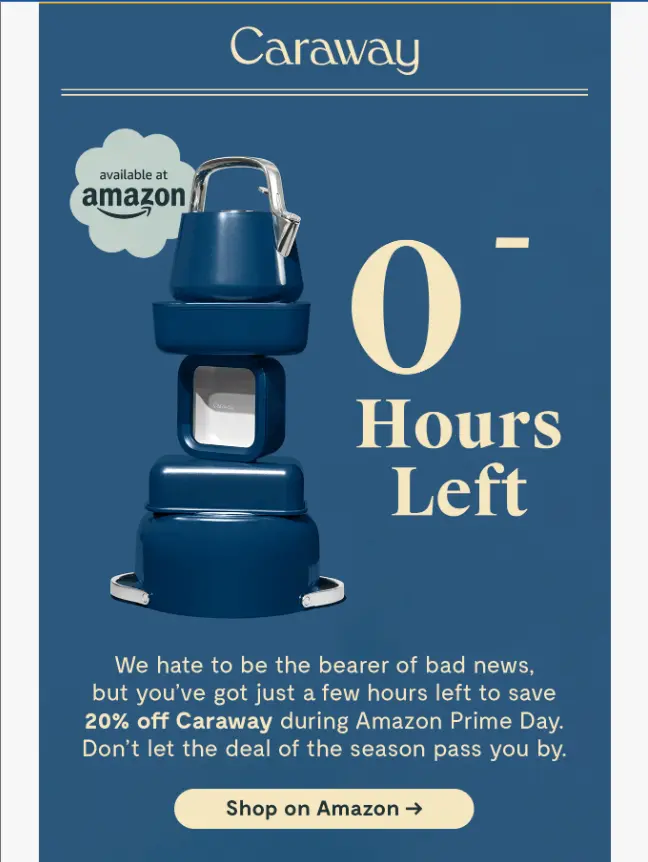
To get the most out of your promotion, placement is key. Position the timer in a clear spot—near product images, in banners, or on popups—so it catches attention instantly.
The time duration also matters. For most ecommerce stores, a good rule of thumb is 1 minute for cart pages and 3 minutes for product pages. If it’s too long, shoppers might lose interest or forget about the promotion altogether. If the timer is too short, shoppers may feel rushed and hesitate to complete their purchase.
8. Exclusive Discount for VIP
As the name suggests, early access isn’t about offering deeper discounts. It’s about rewarding VIP customers with exclusive privileges, first pick of products, and the prestige of being “in the know” before anyone else. When VIPs feel valued and exclusive, they’re more likely to act immediately rather than wait.


To run early access successfully, sellers need to focus on two key principles.
First, not every customer qualifies as VIP. True VIPs are those who bring the most value to your store while costing the least to acquire.
Second, not every VIP offer automatically boosts your bottom line. That’s why sellers need to calculate the impact of those offers on net profit, not just sales, to ensure your promotions contribute positively to revenue and margins before you launch it.
9. Exit-Intent Offer
An exit-intent offer appears just as a visitor is about to leave your site. By detecting cursor movement toward the close button or navigation bar, it gives you a last-minute opportunity to drive a purchase.
A Black Friday exit-intent popup could say something like:
"Wait, don’t leave yet! Get 25% off all products plus a free gift—limited stock available!"

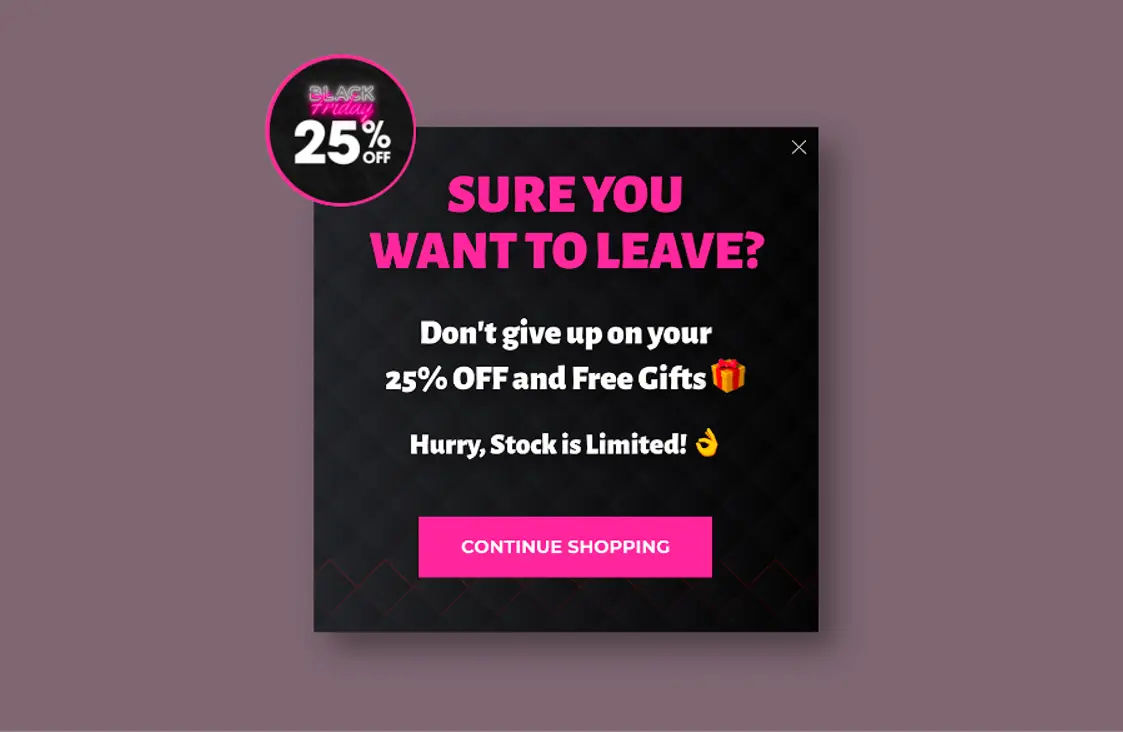
Clear, urgent messaging paired with an enticing offer makes visitors think twice before leaving.
The main risk of exit-intent popups is that they can annoy visitors, especially if shown repeatedly. To handle this, merchants can limit how often they appear, promote high-value offers, and use messaging that feels urgent without being aggressive.
10. Clearance Sale Code
A clearance sale code gives shoppers an extra percentage off already reduced prices.
During high-traffic periods like Black Friday, clearance sales help merchants offload slow-moving items quickly. This strategy not only clears out old stock but also unlock extra cash and make room for newer, higher-margin products.
For example, codes like CLEAR30 (“Extra 30% Off All Clearance Items”) or FINAL50 (“Take 50% Off Final Sale Products”) are perfect for clearing inventory before the Black Friday rush ends.

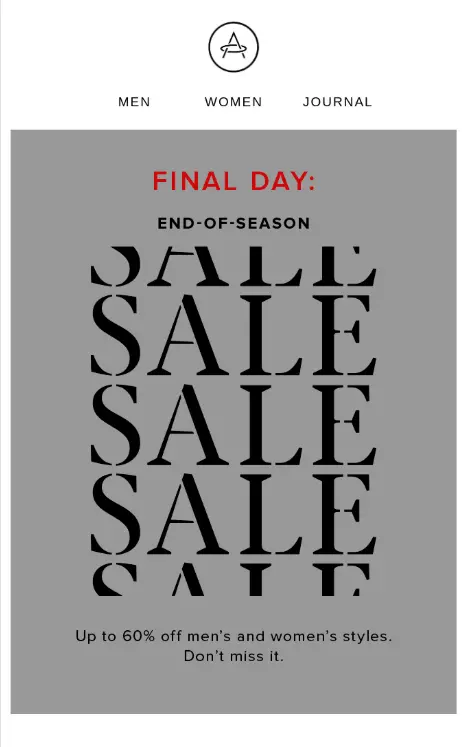
The way you use a clearance code depends on your main goal. If it’s to clear out old inventory, go big with discounts. If it’s to make room for new stock, focus on bulk movement. If it’s to boost cash flow, keep margins in mind and drive urgency instead.
How to Combine Multiple Discount Codes in Your Store?
Combining multiple coupon codes—often called coupon stacking—means allowing shoppers to use more than one discount on a single order.
In ecommerce, most stores use these five main mix-and-match options:
- Order discounts with free shipping discounts
- Product discounts with free shipping discounts
- Product discounts with other product discounts
- Product discounts with order discounts
- Order discounts with other order discounts
For example, product discounts can stack with order discounts, meaning you can run “20% off Pants” and “10% off your entire order” together. The product discount applies first, then the order discount is calculated on the remaining subtotal.
You can also combine multiple product discounts if they apply to different products—say, “20% off Pants” and “10% off Shirts.” Similarly, multiple order discounts can apply at the same time, like combining “WELCOME10” with “SPEND200GET5OFF.”
Shipping promotions are also flexible. Free shipping codes can stack with both product and order discounts, letting you run a “10% off sitewide + free shipping” combo that’s easy for shoppers to understand.
However, two discounts targeting the same item or the same shipping rule won’t stack. If two product discounts apply to one product, only the better deal is applied. Likewise, shipping discounts can’t combine, so it’s best to offer just one clear shipping promo per order.
How to Promote Coupon Codes?
Once your Black Friday discount codes are ready, the next step is to make sure shoppers actually see and use them. Start by displaying them across key touchpoints—your homepage banner, product pages, and cart drawer. These are where shoppers make buying decisions, so a visible “Use code: WELCOME10 for 10% off + Free Shipping” can drive instant conversions. These types of campaign works best throughout the entire pre-Black Friday and Black Friday period.
Then, promote the codes through email and SMS campaigns to re-engage past customers. Time these messages strategically— schedule a message during peak engagement times— typically 11 a.m.–1 p.m. and 6–9 p.m—to remind customers your codes are live and encourage immediate action.
On social media, pair your discounts with quick product demos or gift ideas. For example, a short TikTok showing your top-selling item with “Use code BF25 for free shipping” performs far better than a plain post. This type of social media campaign works best in the Pre-Black Friday and Day-of Black Friday stages.
Finally, you can even team up with micro-influencers who’ll promote your deals through quick unboxing or styling videos. And don’t forget affiliate partners — they can drive a steady stream of traffic looking specifically for coupons.
The perfect timing also depends on your audience’s behavior. You should begin by analyzing email open rates and past purchase patterns to identify when shoppers are most engaged. Next, you can track peak website traffic hours to see when visitors are actively browsing. Finally, align their promotions with these insights — whether during lunch breaks, evenings, or weekends for B2C stores — to ensure your offers reach customers at the moments they’re most likely to act.
Stay on Top of Profit Margin During Peak Season
Black Friday and other peak sales events often drive massive order volumes. But here’s the catch: a successful season isn’t just about generating as many orders as possible.
Without monitoring profit margins, merchants can achieve impressive total sales yet overlook the costs behind each order—risking a Black Friday full of revenue, orders, and traffic but missing what matters most: net profit.
As a top #1 net profit analytics for Shopify, TrueProfit solves this problem by providing the most complete and accurate picture of the store’s profitability. It tracks net profit in real time, calculating every expense as it happens—including product cost, ad spend, shipping fees, and more.
With TrueProfit, sellers can:
- Monitor key financial metrics — net profit, profit margin, and total expenses, and more— in a real-time dashboard to see your store’s overall profitability at a glance.
- Review changes in overall profitability & business performance over a time period with P&L reports.
- Take control of total costs and spot which ones are cutting into your bottom line.
- Evaluate product profitability and discover your most and least profitable products
- Measure ad performance across channels based on its true impact on net profit.

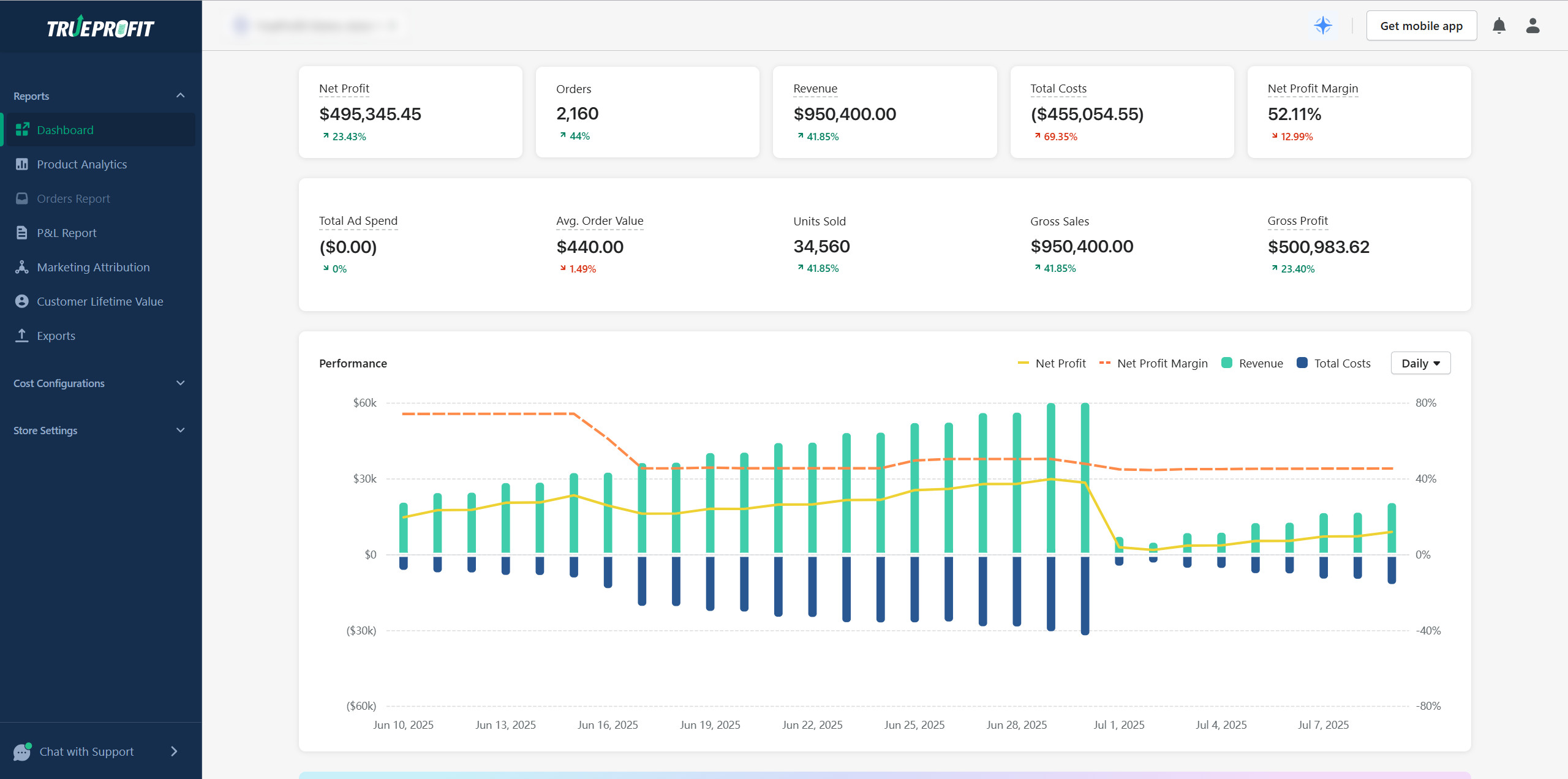
With TrueProfit during peak sales, merchants can confidently make data-driven decisions, knowing their true profit and loss, ensuring that every strategy is truly boosting their bottom line.
Leah Tran is a Content Specialist at TrueProfit, where she crafts SEO-driven and data-backed content to help eCommerce merchants understand their true profitability. With a strong background in content writing, research, and editorial content, she focuses on making complex financial and business concepts clear, engaging, and actionable for Shopify merchants.

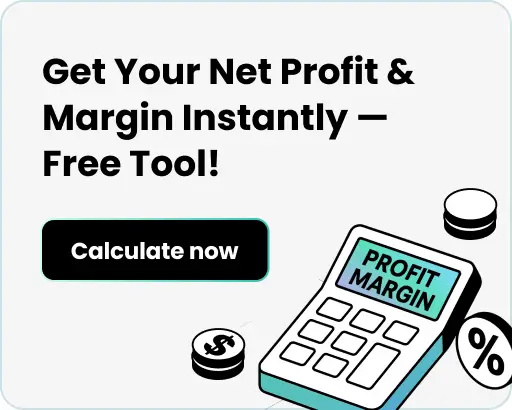
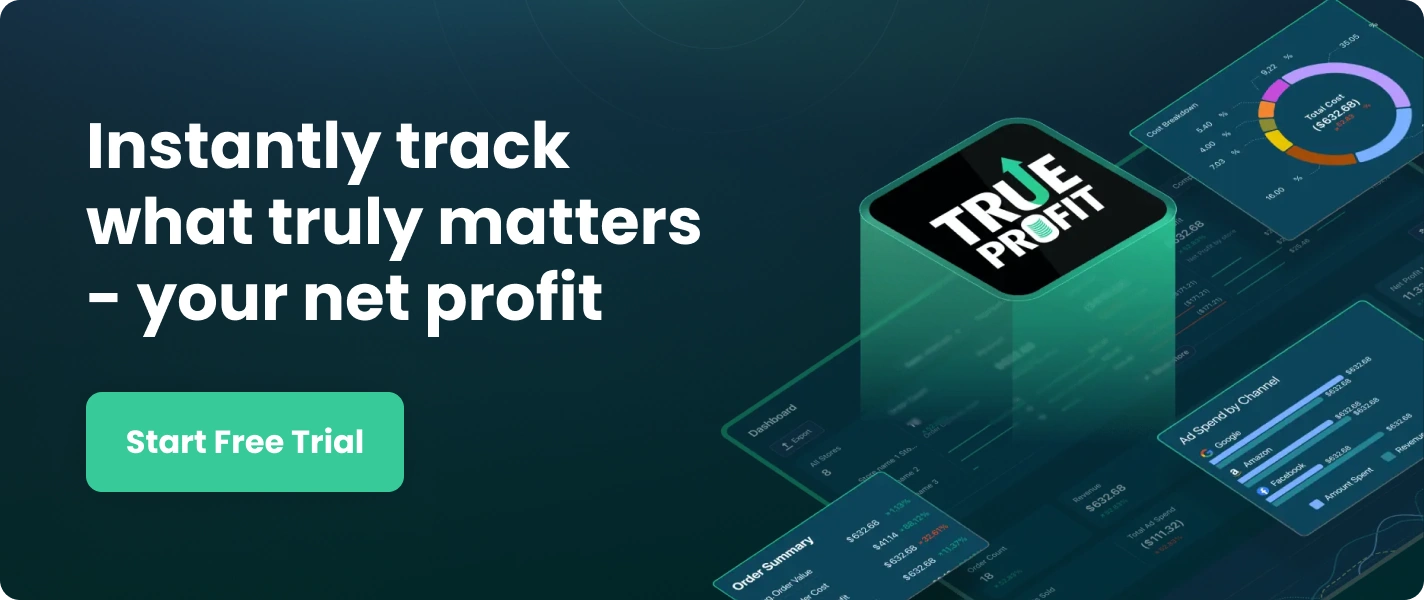

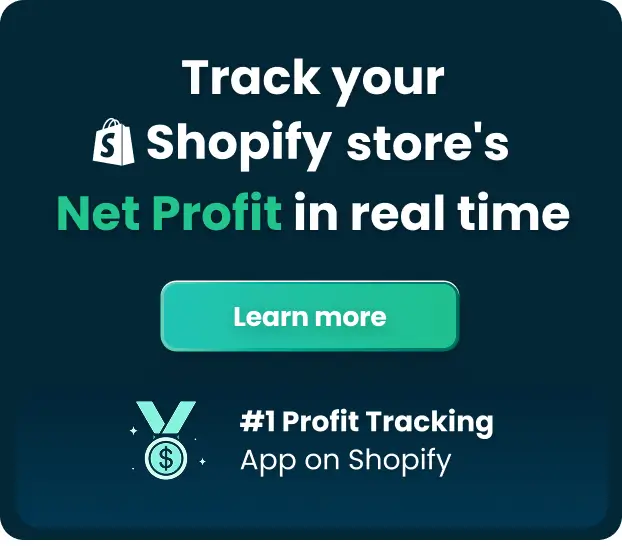
 Shopify profits
Shopify profits